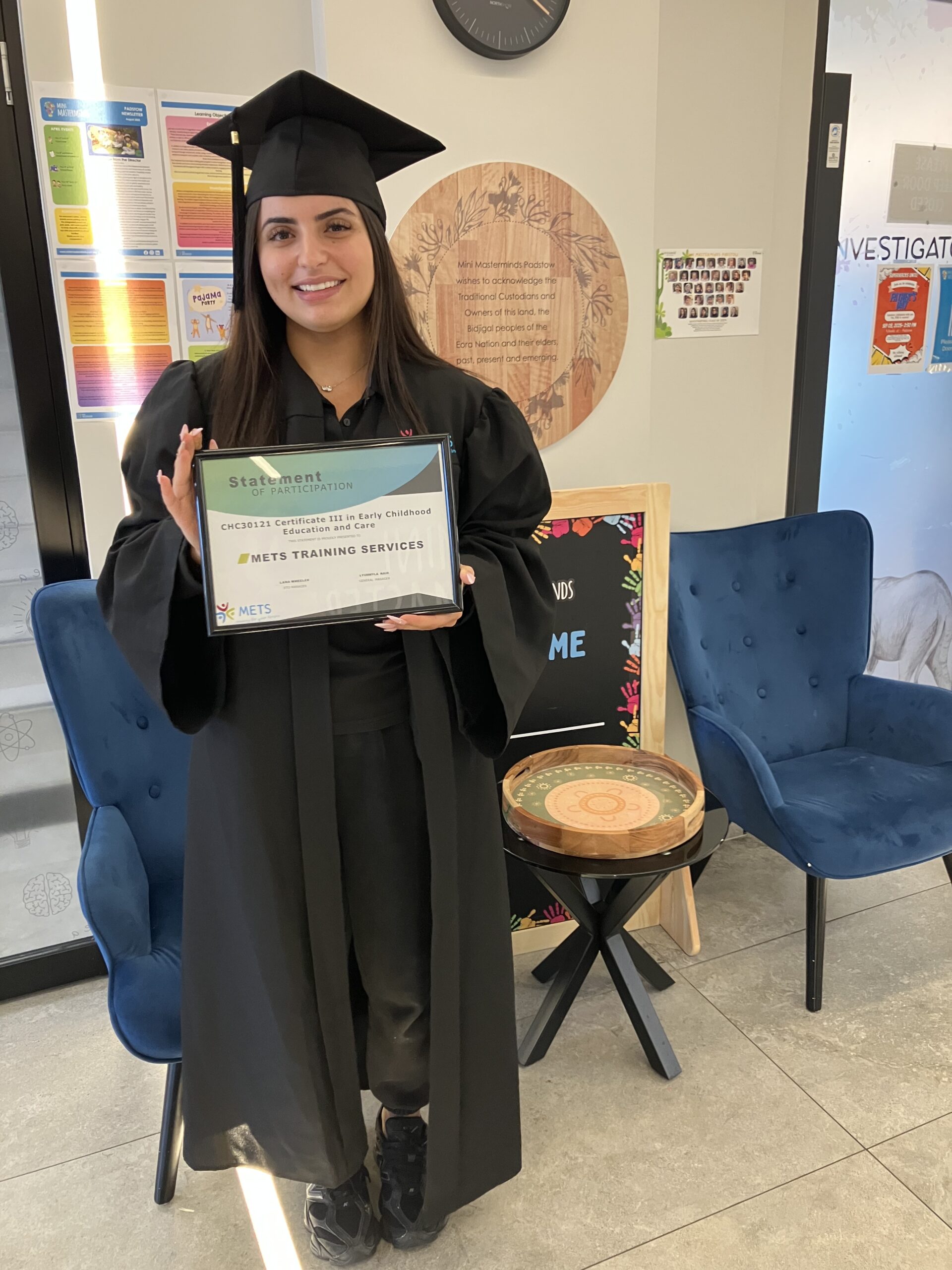Recognition of Prior Learning (RPL) is a streamlined process that allows individuals with existing skills and experience to gain formal qualifications without the need for traditional classroom study. Whether you’ve been working in your field for years or have gained relevant skills through informal training, RPL recognises your competencies and can help you achieve nationally recognised certifications faster.
This guide will walk you through everything you need to know about the RPL application process in Australia. From understanding how RPL works and the types of evidence you’ll need, to selecting the right registered training organisation (RTO) and submitting your application, we’ll cover each step clearly and simply. If you’re ready to turn your experience into a qualification, this is your starting point.
What is RPL and Who is It For?
Recognition of Prior Learning (RPL) is a formal assessment process under the Australian Qualifications Framework (AQF) that evaluates the skills, knowledge, and experience you’ve gained through work, volunteering, informal training, or life experience. Instead of repeating what you already know in a classroom setting, RPL allows you to convert your existing competencies into a nationally recognised qualification.
RPL is widely used across various industries such as aged care, disability support, construction, hospitality, business, and community services—essentially any field where hands-on experience is a significant part of the job. It is especially beneficial for seasoned professionals, migrants with overseas qualifications, or individuals who have learned on the job but never obtained a formal certificate.
If you’re someone who has been doing the work but doesn’t yet hold the paperwork to prove it, RPL can help bridge that gap. Best of all, qualifications earned through RPL are nationally recognised and carry the same credibility as those gained through traditional study.
Benefits of Applying Through RPL
Recognition of Prior Learning (RPL) offers a smart and efficient pathway to gain formal qualifications without having to relearn what you already know. One of the biggest advantages is that it acknowledges your real-world experience—whether gained on the job, through volunteering, or informal training—so there’s no need to sit through classes covering skills you already use daily.
RPL is often significantly faster than traditional study methods, allowing you to earn your qualification in a matter of weeks rather than months or years. This can lead to improved job prospects, eligibility for promotions, or compliance with industry regulations that require formal credentials. In many cases, RPL applicants may also qualify for government funding or subsidies, making it an affordable option for career advancement. By validating your experience, RPL helps you move forward with confidence and credibility.
Step-by-Step RPL Application Process (2025)
Step 1: Initial Enquiry or Self-Assessment
The first step in the RPL process is to reach out to a Registered Training Organisation (RTO), such as METS Training Services. This starts with a simple enquiry where you express your interest in getting qualified through RPL.
Most RTOs will offer a free initial skills assessment or eligibility check. This involves answering questions about your work history, experience, and any informal or formal training you’ve completed. It helps both you and the RTO determine whether RPL is a suitable pathway for your qualifications. This step ensures you’re investing your time and effort in the right direction from the very beginning.
Step 2: Choose the Right Qualification
Once you’ve completed your initial enquiry or skills assessment, the next step is to select the qualification that best aligns with your experience. This could range from a Certificate III in Individual Support for those in the care industry to a Certificate IV in Leadership and Management for experienced team leaders or supervisors.
You’ll work with an experienced assessor to confirm the most suitable qualification based on your job roles, duties, and skills. The assessor will help ensure that your practical experience aligns with the learning outcomes required for the qualification, setting you up for a smooth RPL process. Choosing the right qualification is critical to receiving meaningful recognition that benefits your career.
Step 3: Evidence Collection
This is one of the most important steps in the RPL process. To demonstrate your skills and experience, you’ll need to gather and submit a range of evidence that proves your competency in the areas covered by your chosen qualification. The goal is to show that you already possess the knowledge and skills typically gained through formal training.
Types of evidence accepted include:
- Resume – Outlining your relevant work history and responsibilities.
- References from employers – Letters or contact details of supervisors who can verify your experience.
- Photos or videos of your work – Visual proof of tasks completed, especially useful in trades or hands-on industries.
- Job descriptions – Documents that define your role and duties in past or current employment.
- Work samples – Reports, project plans, checklists, or other documents that reflect your performance.
- Certificates and prior training – Any relevant short courses, workshops, or formal learning you’ve completed.
To improve your chances of success, it’s crucial that your evidence is high quality, diverse, and directly relevant to the competencies of the qualification. Your assessor will guide you in aligning this evidence with the unit requirements, ensuring a smooth and accurate assessment.
Step 4: RPL Assessment Interview
Once your evidence has been submitted, the next step is the RPL assessment interview. This is conducted by a qualified assessor and can typically be done either in-person or online, depending on your preference and availability. The goal of the interview is to validate your experience and confirm that you meet the requirements of the qualification.
During the interview, you may be:
- Asked specific questions about your work experience and responsibilities
- Required to explain how you’ve applied certain skills in real-life situations
- Invited to walk through examples from your submitted evidence
- Asked to provide additional documentation if needed to fill any gaps
The assessor’s role is to ensure that your skills and knowledge align with the competency standards of the chosen qualification. It’s a supportive process—not a test—and gives you the opportunity to expand on your experience and strengthen your case for formal recognition.
Step 5: Competency Determination
After your interview and a thorough review of all submitted evidence, the assessor will determine whether you meet the competency standards for the chosen qualification. If your experience and documentation align with the required skills and knowledge, you will be deemed competent and awarded a nationally recognised qualification—no additional study needed.
However, if there are any gaps in your evidence or knowledge, the assessor may recommend gap training. This allows you to complete only the specific units or skills you’re missing, rather than undertaking the full course. Gap training is usually concise, targeted, and designed to get you fully qualified as quickly and efficiently as possible.
Step 6: Receive Your Qualification
Once you have been assessed and deemed competent, the RTO will issue your nationally recognised qualification. This certificate can be used to:
- Enhance your career opportunities by improving your employability.
- Qualify for promotions within your current role or industry.
- Pursue further study or specialized qualifications, using your RPL-acquired knowledge as a foundation.
This formal recognition of your skills and experience opens doors to a wide range of professional opportunities and strengthens your position within your industry.
How Long Does RPL Take?
The timeframe for completing an RPL (Recognition of Prior Learning) application typically ranges from 2 to 8 weeks, depending on several factors:
- Evidence readiness: If you have your documents and supporting evidence organized, the process can be faster.
- Qualification complexity: More detailed or specialized qualifications may take longer to assess.
- Assessment and interview availability: Depending on your assessor’s schedule, the time needed to complete the competency interview may vary.
Tips for Speeding Up the Process:
Organize your evidence early: Ensure you have clear, comprehensive, and relevant documentation (e.g., resumes, job descriptions, certificates) to avoid delays.
- Communicate with your assessor: Stay in touch with your RTO assessor to clarify requirements and expectations, ensuring you’re prepared for your assessment interview.
- Be prompt with additional documentation: If asked to provide more evidence, respond as quickly as possible to keep the process moving.
- Choose a qualified and responsive RTO: Select an RTO with a proven track record of efficient RPL assessments and clear communication.
Common Mistakes to Avoid in Your RPL Application
Submitting Poor-Quality Evidence:
Ensure that your evidence is clear, legible, and directly relevant to the qualification you’re applying for. Low-quality or incomplete documents can lead to delays or even rejection of your application.
Not Aligning Experience to Specific Units of Competency:
It’s crucial to match your work experience with the specific units of competency required by the qualification. Make sure to highlight relevant examples and clearly demonstrate your skills in line with these units.
Choosing the Wrong Qualification:
Selecting a qualification that doesn’t align with your current skills and experience can result in wasted time and effort. Be sure to consult with your assessor and confirm that the qualification you choose is appropriate for your experience level.
Not Preparing for the Assessment Interview:
The RPL assessment interview is a critical part of the process. Failing to adequately prepare can hinder your chances of success. Review your evidence, be ready to discuss your experience in detail, and practice answering questions related to the units of competency.
Choosing the Right RTO for RPL (Recognition of Prior Learning)
Selecting the right Registered Training Organisation (RTO) is a crucial step in your RPL application process. Here’s what you should look for to ensure a smooth and successful journey:
Nationally Registered RTO: Ensure the RTO is registered with the Australian Skills Quality Authority (ASQA). This guarantees that the qualifications they offer are nationally recognised and comply with Australian qualifications standards.
We recommend choosing METS Training Services for your RPL application. We are an experienced and trusted RTO with a transparent process, expert assessors, and a track record of helping individuals achieve their qualifications efficiently.
Transparent Process: The RTO should provide a clear outline of their RPL process, including the steps involved, timeframes, and any associated costs. They should be upfront about their assessment criteria and required evidence.
Experienced Assessors: Look for an RTO with assessors who are experts in your industry. Experienced assessors will be able to guide you through the process, ensuring that your evidence is evaluated fairly and accurately.
Good Reviews/Testimonials: Check online reviews and ask for testimonials from past applicants. Positive feedback from others who have completed the RPL process with the RTO is a good indicator of the organisation’s reliability and quality of service.
Conclusion
Recognition of Prior Learning (RPL) is a smart and efficient way to turn your valuable work experience into a formal qualification. Whether you’re looking to advance your career, meet industry requirements, or enhance your professional credentials, RPL provides a faster and cost-effective pathway.
Ready to fast-track your qualification in 2025? Contact us today for a free RPL skills assessment and take the first step towards achieving your goals!







